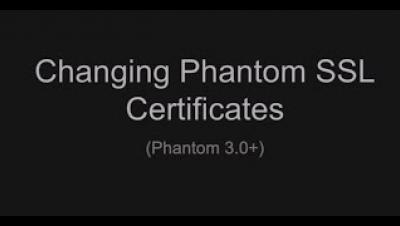Security | Threat Detection | Cyberattacks | DevSecOps | Compliance
%term
Demo: Netskope, Okta, and Exabeam working together
RiskIQ vs. UpGuard Comparison
Cyber attacks, misconfiguration, and data leaks are more common than ever before, as are cybercriminals. Our news cycle is full of first and third-party data breaches that expose the protected health information (PHI) and personally identifiable information (PII) of thousands or even hundreds of millions of people. Not only are data breaches more common, but they're also more costly. The average cost of a data breach is now nearly $4 million globally.
Understanding Phantom Aggregation Rules
Replacing Phantom SSL Certificates
The 'Symlink Race' Vulnerability & How Tripwire Can Help
COVID-19 Scam Roundup - April 27, 2020
The coronavirus 2019 (COVID-19) scam onslaught continues. Per Threatpost, digital attackers ramped up their activity over Q1 2020 to the extent that they were sending approximately 1.5 million coronavirus-themed attack emails by the middle of April. How can we then be surprised by ZDNet’s reporting that the number of digital crime reports received by the FBI had quadrupled in number, with many of these disclosed attacks featuring COVID-19 as a theme?
What is the Cyber Essentials Certification and How Can it Help Your Business?
According to a statistical research of the University of Portsmouth for the government of the UK, more than 80% of the cyber-attacks affecting businesses in the UK could have been prevented by the implementation of some basic security controls. To help organizations adopt good practices in information security, the UK government released a government-endorsed certification scheme called Cyber Essentials in 2014.
3 Ways an Open CDE Has Radically Improved Productivity for Innovative Construction Companies
In our previous blog, we took a detailed look at how a Common Data Environment (CDE) can provide construction teams with operational advantages that enable them to work more efficiently, save time, and reduce errors. A CDE provides a central repository for all aspects of construction content management, including storing and accessing design files, bid documents, specifications, images, videos, change orders, and markups – everything that makes up the content that defines a construction project.
What are Cyber Security Measures of Effectiveness?
Simply employing top cyber security solutions is not enough for today’s business environment. In order to make sure that your organization is safe, you will also need to measure the effectiveness of cyber security measures you have taken. Read our article to learn more.










